Category: Cancer
-
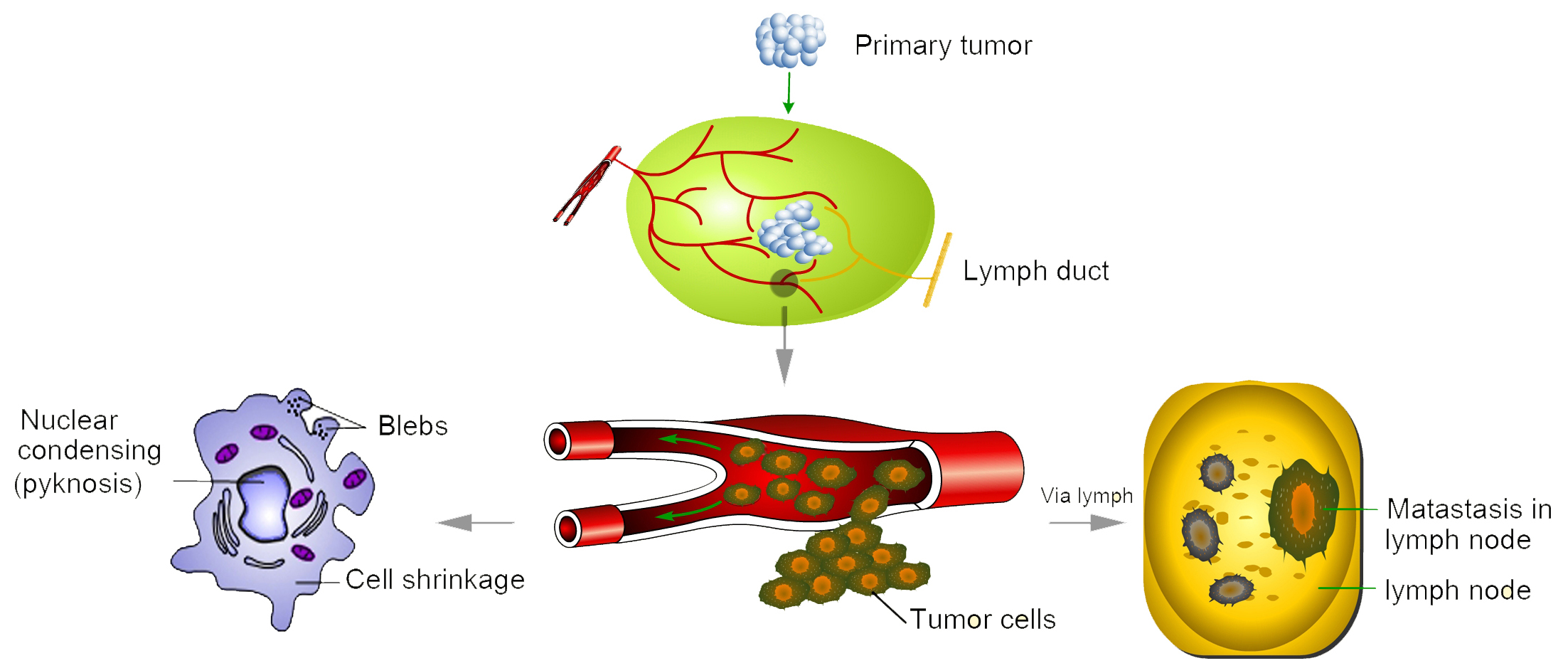
Nanosensor cancer detection
Priscila Kosaka from the Microelectronic Institute of Madrid is in the early stages of developing a nanosensor to detect cancer from blood samples before symptoms appear. It is not expected to be on the market for another 10 years, but could one day eliminate the need for biopsies. Kosaka claims that the technology is 10 million…
-
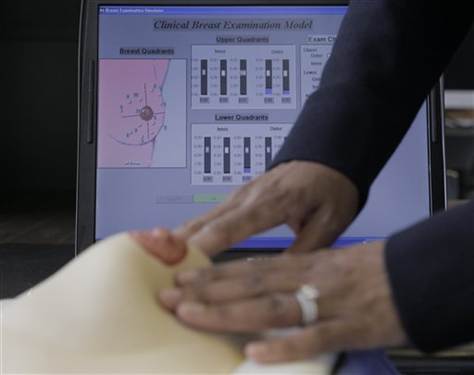
Sensor models improve physician breast exams
University of Wisconsin‘s Carla Pugh has developed a sensor based breast model to help train physicians to detect tumors. The device indicates when a physician is palpating (pressing) with enough force to detect a lump in the breast. The amount of pressure is displayed as colors on a breast map displayed on a monitor. Blue indicates low…
-

Google files patent for cancer targeting wearable
Following its patent application for a pill that “paints” cancer cells for scanner detection, Google has filed a new patent for a wearable to detect and destroy the painted cells. It describes a Calico developed device that “can automatically modify or destroy one or more targets in the blood that have an adverse health effect”. These could…
-
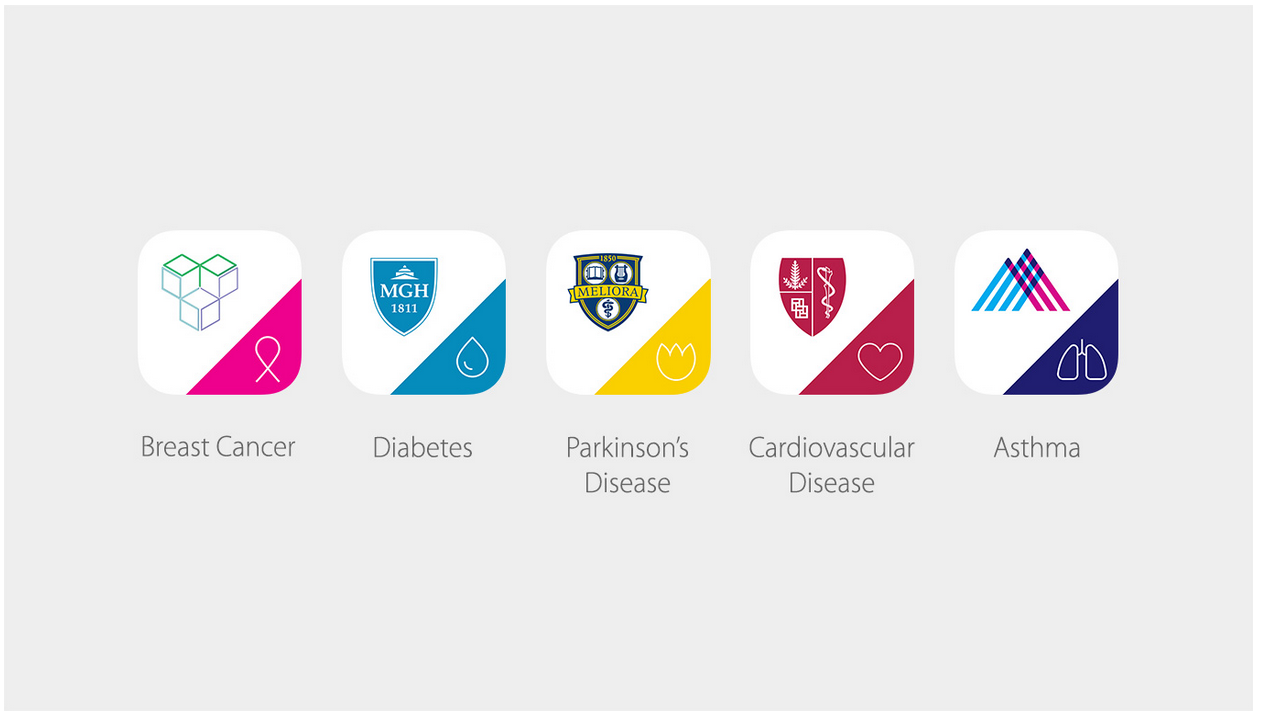
ResearchKit can simplify, improve diagnostics
As a company devoted to improving the human condition through health innovation, ApplySci was delighted to hear yesterday’s ResearchKit announcement. The framework allows people to easily join health studies, and simplifies the process by bringing research to one’s phone. ResearchKit’s first tests detect Parkinson’s disease, diabetes, cardiovascular disease, asthma, and breast cancer. Apple worked with 12 institutions to…
-
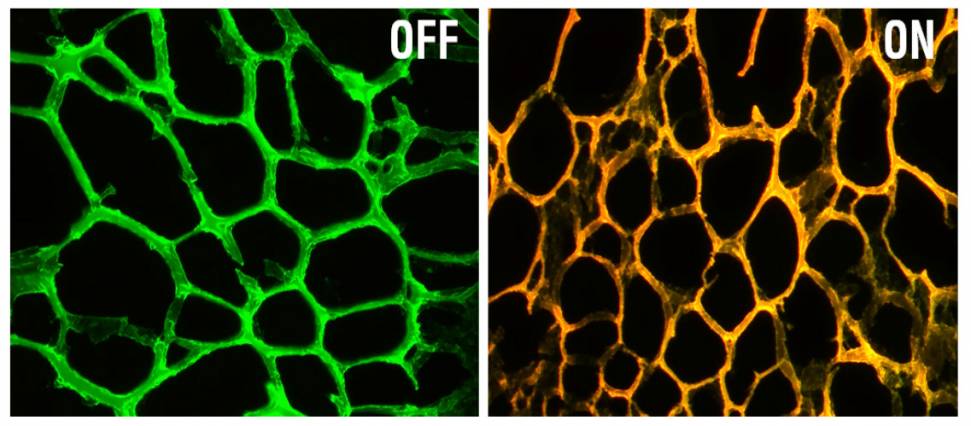
Nanoparticle device disrupts cancer genes
MIT researchers have developed a gold nanoparticle device embedded in a hydrogel that can be injected or implanted at a tumor site to disrupt cancer genes. The nanodevice blocks the gene that confers drug resistance, then launches a new chemotherapy attack against the vulnerable tumor. Nuria Oliva, Natalie Artzi, and Joao Conde tested the device in…
-

Graphene neutralizes cancer stem cells, leaves healthy cells unharmed
University of Manchester‘s Michael Lisanti, Aravind Vijayaraghavan and Federica Sotgia have shown that graphene oxide acts as an anti-cancer agent that selectively targets cancer stem cells. The researchers believe that this could lead to tumor shrinkage and preventing the spread and recurrence of cancer when combined with existing treatments. The team tested a variety of graphene oxide formulations against breast,…
-
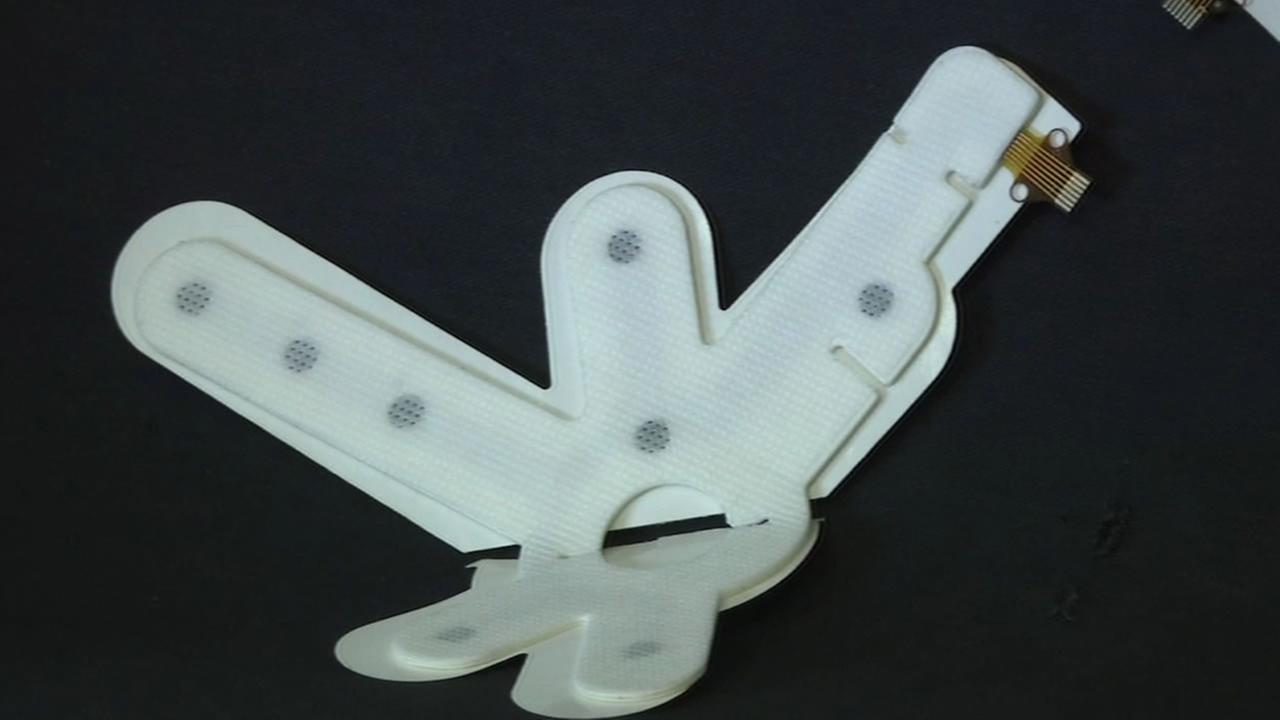
Patch detects breast cancer temperature patterns
Cyrcadia Health‘s iTBra contains patches that detect circadian temperature changes within breast cells. The data is sent to a lab via smartphone, and analyzed with Nanyang Technical University developed algorithms. Abnormal temperature and cellular signaling patterns are immediately sent to one’s doctor. The technology detects normal circadian cellular baselines, as well as abnormal patterns…
-
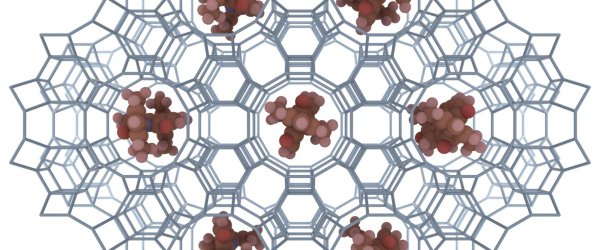
DNA sensor detects cervical, bladder, kidney cancer
University of Twente MESA+ professor Wilfred van der Wiel is developing an electrode to detect cervical, bladder and kidney cancer in DNA. NanoGap is a 100 nanometer wide gap in a metal electrode with receptors that provide notifications when urine DNA is degraded. Hypermethylated DNA is bound to the receptors. By covering the DNA with metal particles, a live…
-
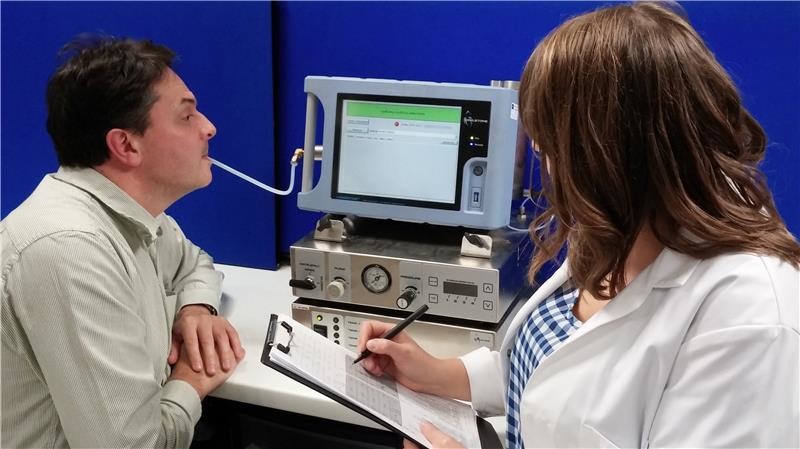
Breath test to detect early stage lung cancer
University of Leicester and Owlstone Nanotech are developing a breath test to detect early stage lung cancer. Clinical trials for the device will begin soon. Last year ApplySci described a Cleveland Clinic developed sensor with a similar purpose. The study is being led by Leicester’s Dr Salman Siddiqui. LuCID (Lung Cancer Indicator Detection), based on Owlstone’s GC-FAIMS (Gas…
-
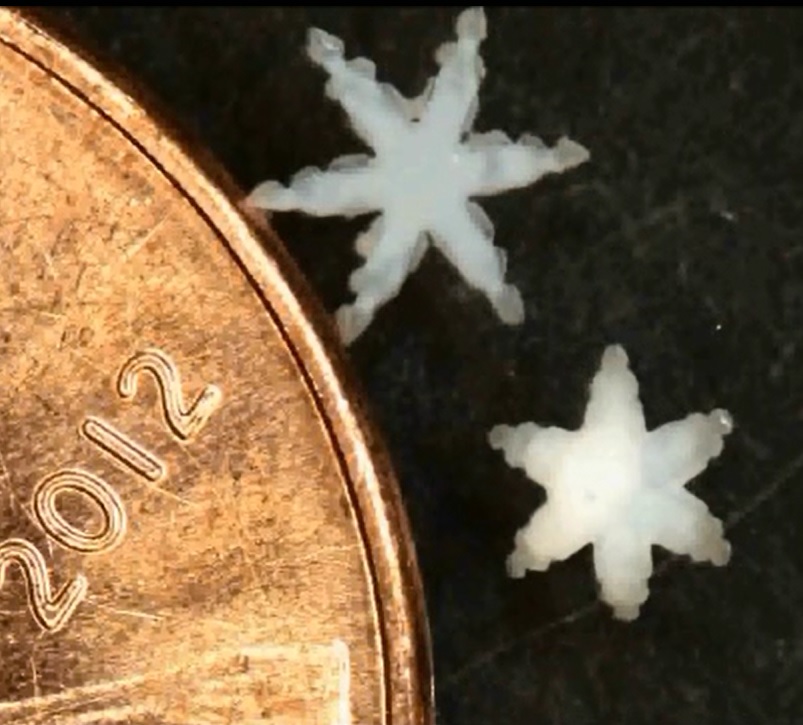
Tiny robotic gripper for cancer diagnostics, remote surgery
Johns Hopkins professor David Gracias has created a tiny, flexible, microscopic, robotic, hand-like hydrogel gripper that could help doctors perform remotely guided surgical procedures and biopsies. He believes that the materials could also, in the future, deliver therapeutic drugs to difficult to reach places. The hydrogel can swell in response to changes in temperature, acidity or light, providing…
-
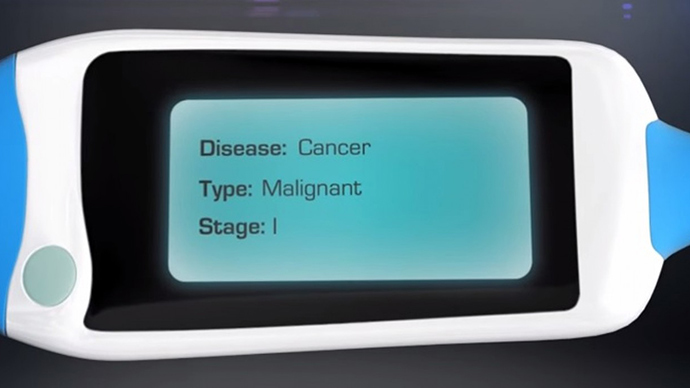
Smartphone sensor detects cancer in breath
Professor Hossam Haick at the Technion – Israel Institute of Technology has developed a sensor equipped smartphone that screens a user’s breath for early cancer detection. SNIFFPHONE uses micro and nano sensors that read exhaled breath. The information is transferred through the phone to a signal processing system for analysis. According to Haick, the NaNose system can detect benign…
-

Nanoparticles + wearable to detect cancer cells
ApplySci first described Google X’s cancer detecting nanoparticle project last October. The company has now released more detail: 1. A user wears a bracelet designed by Google. 2. He/she must take nanoparticle pills that look for cancer cells throughout the body. 3. If found, the nanoparticles bind to the cancer cells, and they light up.…